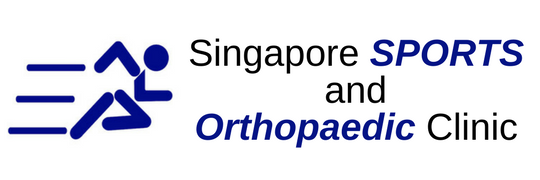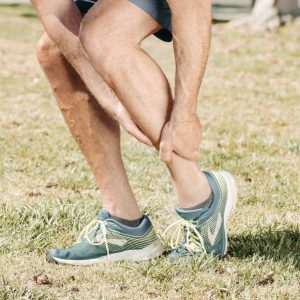Coronoid fractures often happen in the ulna although they are relatively uncommon. However, coronoid fractures can be critical injuries. They usually occur in conjunction with elbow dislocations and will lead to elbow instability. The coronoid is designed to strengthen the elbow, increasing the stability. Therefore, a fracture will lead to unstable elbows and a possible loss of motion.
Traumatic elbow injuries such as a coronoid fracture will usually result in a dislocation of not only the bony structures but also injuries to the soft tissues. Very often, the posterior elbow is dislocated and managing it is extremely difficult. Unlike other fractures, coronoid fractures do not respond well to close reduction or splinting.
Causes
Coronoid fracture usually comes hand in hand with an elbow dislocation as dislocation itself involves a large energy impact onto the surrounding bones and soft tissues, leading to several severe soft tissue injuries. This usually happens during high impact sports such as rugby or accidents. One of the most common cause is a fall from a certain height, landing on an outstretched arm when trying to break the fall. The main mechanism involves a combination of twisting and flexing. When the elbow is loaded axially, it is in its weakest state and will lead to the weakening of the coronoid.
Symptoms
Patients suffering from coronoid fractures often have the following symptoms. Patients will be in tremendous pain with diffuse swelling and tenderness. The level of tenderness can be multifocal and depends of the area of injury. Range of motion including flexing, extension and rotation will be severely limited or totally impossible.
Complications
Coronoid fractures may lead to complications if it is not treated properly. The ends of broken bones are sharp and they can cut and tear surrounding blood vessels, nerves and tendons. Fractures may also lead to excessive bleeding and swelling in the elbow region, causing blood clot formation and the disruption of normal blood flow to the rest of the arm. This will lead to a loss of sensation and even function of the arm, requiring emergency attention.
Management
Patients suffering from coronoid fractures will have unstable elbows and it can be fixed by suturing the bone and anterior capsule to the anterior ulna. Surgery will involve either internal fixation or replacement of the fractured radial heads. The injured ligaments need to be surgically reconstructed and if the elbow is still unstable, hinged external fixation will be required.







